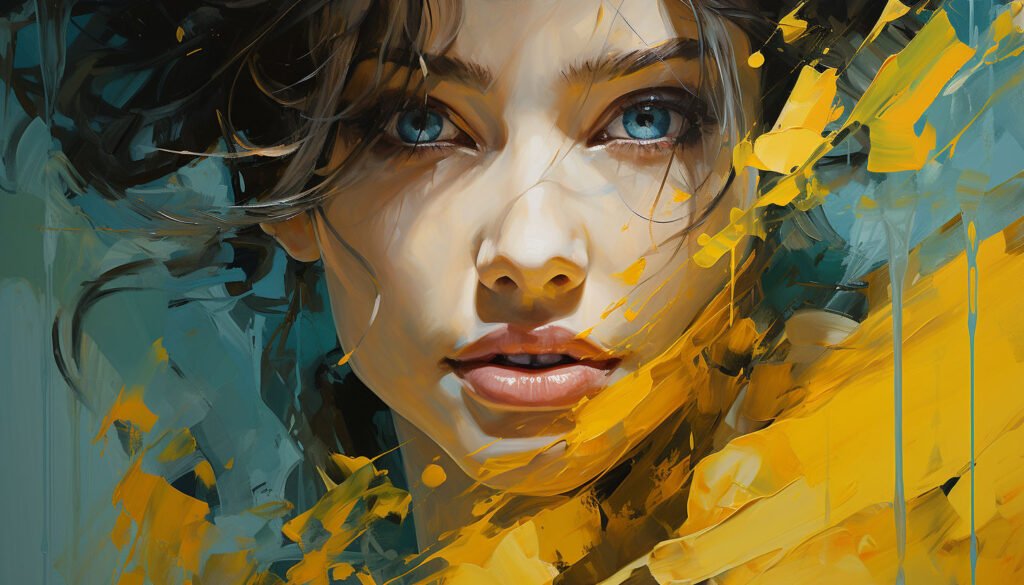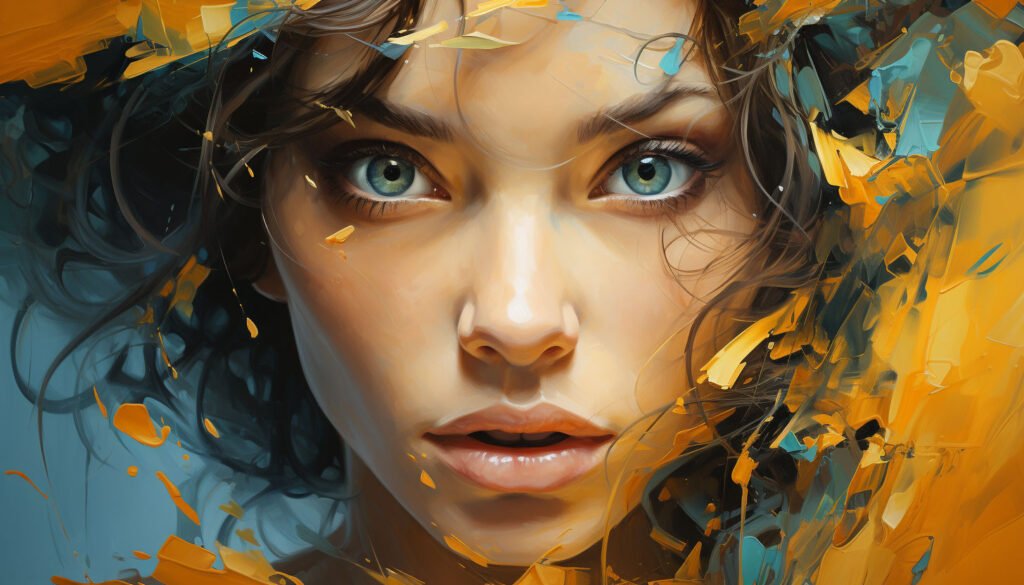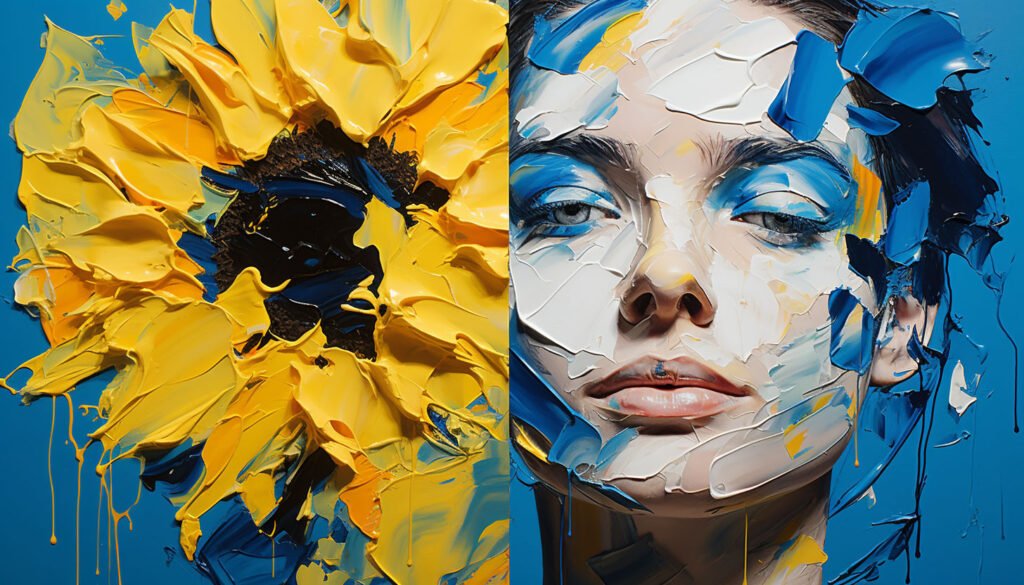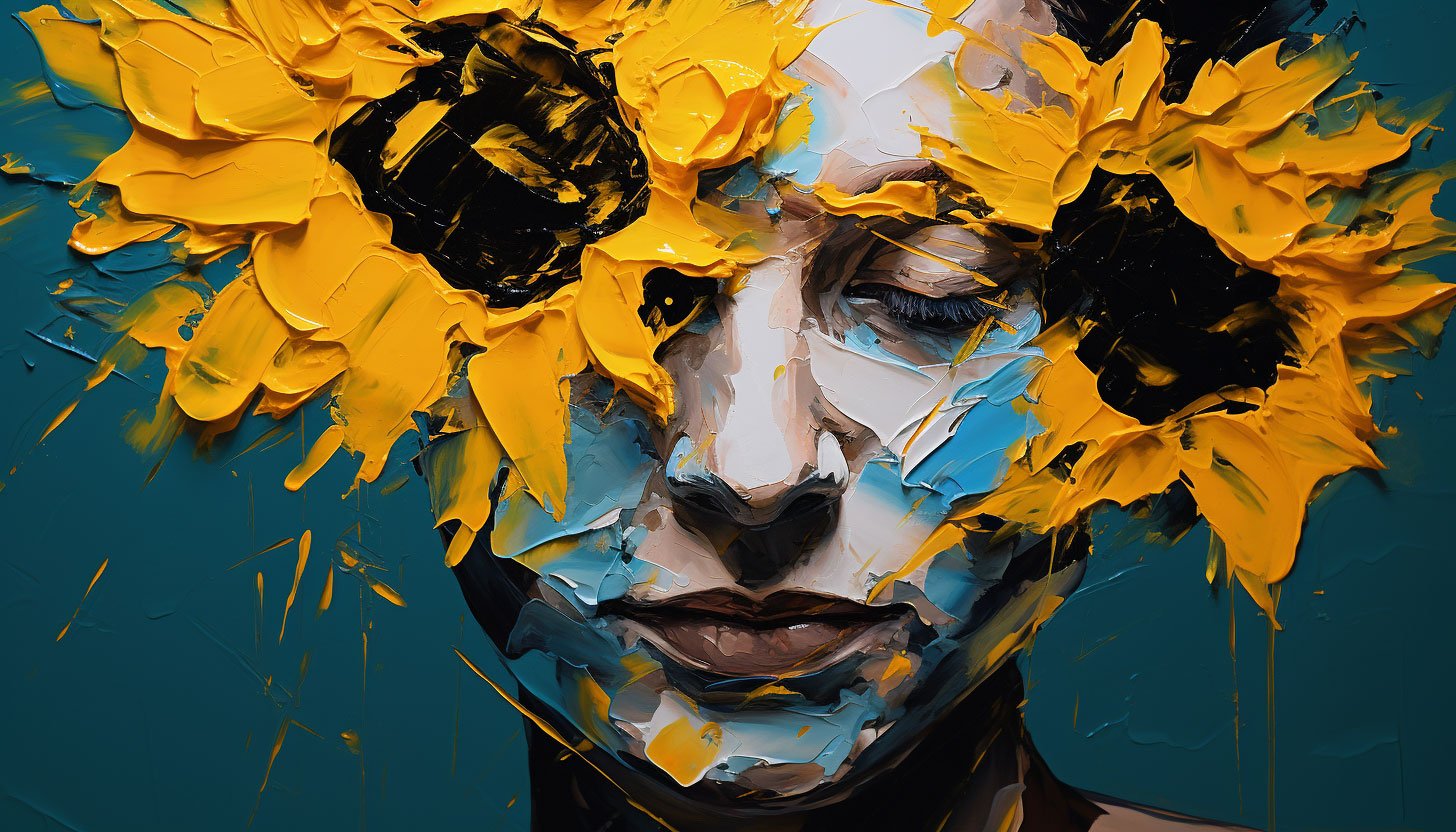
History of yellow
The history of the colour yellow has only partially been explained, with numerous theories and factors contributing to its significance and use over time.
Throughout history, ochre has played a significant role in human art and culture. Dating back to prehistoric times, this earth pigment was used by early humans to create cave paintings and other art forms. As civilizations developed, ochre remained popular for artists and artisans. In ancient Egypt and Greece, for example, the colour yellow was considered sacred and associated with the sun and the gods. This belief was reflected in the use of ochre in paintings, murals, pottery, jewellery, and other art forms. Indeed, the versatility and beauty of ochre have made it a cherished part of human artistic expression for thousands of years.
In medieval Europe, yellow symbolized wealth, luxury, and the Church, often used in illuminated manuscripts, tapestries, clothing, and textiles. During the Renaissance, artists experimented with new pigments and colour theories to associate yellow with gold, the sun, and richness in art and architecture. The complexity and variation in the use and value of yellow reflect cultural, historical, and artistic contexts.
Fun facts about yellow
- The term “yellow” has its roots in the Old English language, where it meant “bright” or “yellow.”
- Yellow is a highly noticeable colour linked with positive emotions such as happiness, warmth, and optimism. It is also associated with caution and warning.
- The colour yellow takes after the sun and is symbolic of light, energy, and vitality. Yellow is frequently used in advertising since it is eye-catching and easy to spot. In certain societies, yellow is regarded as a royal or sacred colour and is often found in nature’s most essential elements.
- Vincent van Gogh was known for his use of yellow in his paintings. The colour yellow is also known to boost mental activity and concentration.
- The yellow ribbon has become a symbol of support for various causes, including missing soldiers and cancer awareness.
Color Theory of Yellow
In colour theory, yellow, red, and blue are primary colours. Yellow cannot be created by mixing other colours, but it can be used to create different colours. Yellow is often used in design to create a sense of optimism and positivity. When used in combination with other colours, it can have different effects.
- Yellow and blue: These colours are complementary, meaning they are opposite on the colour wheel. When used together, they can create a bold and striking contrast.
- Yellow and red: These colours are also complementary, but because both are warm colours, they can create a sense of intensity and energy when used together.
- Yellow and green: These colours are analogous, meaning they are next to each other on the colour wheel. When used together, they can create a natural and harmonious effect.
- Yellow and purple are complementary, but because purple is a more fantastic colour, the combination can create a sense of balance and contrast.
Yellow is a versatile colour that can be used in many ways to create different moods and effects in design and art.

Color Science of Yellow
Yellow falls between green and orange in the visible light spectrum and has scientific properties that affect our perception and emotions. The “yellow effect” is a phenomenon that causes mild nausea or discomfort when exposed to yellow for a prolonged period, possibly due to how the brain processes specific wavelengths of light. Yellow is also a reference point for colour measurement and has practical applications in science and technology, including filters and lenses, colour printing and photography, and photosynthesis.
Yellow in the printing industry
Yellow holds an essential position in the CMYK color model, a subtractive color model widely used in the field of printing to produce a complete spectrum of colors. In the CMYK colour model, yellow ink plays a crucial role in creating various shades of yellow green, and orange hues when combined with other colours. Yellow ink is also utilized in digital and inkjet printing processes to generate different shades of yellow by strategically placing droplets of ink. This controlled placement method ensures that the desired colour is achieved with maximum precision and accuracy.
Overall, yellow plays a vital role in printing technology, as it is a primary colour used to create a wide range of colours and tones in printed materials.

Yellow color in the Renaissance era
During the Renaissance period, artists placed great emphasis on the use of colour to convey meaning and messages within their works. One colour that held particular significance was yellow, which was often associated with both religious and political themes. The use of gold leaf was especially prevalent in religious artwork, where it symbolized divinity and added a sense of opulence and grandeur. Overall, the careful use of colour in Renaissance art served as a powerful tool for artists to communicate their intended themes and messages. For example:

- Yellow was sometimes used to represent betrayal or jealousy. This was often seen in depictions of Judas Iscariot, who was sometimes shown wearing yellow clothing.
- Yellow could also represent cowardice or treachery and is associated with depictions of specific historical figures or events, where yellow suggests moral weakness or betrayal.
- Yellow was also associated with the sun and with light. Its depictions of the Virgin Mary or other religious figures, where yellow suggested radiance and divinity.
Overall, yellow played an essential role in Renaissance art to create a sense of richness, symbolism, and meaning. Its association with gold, betrayal, and divinity made it a versatile and powerful colour in the hands of Renaissance artists.
Color psychology of yellow
Yellow is a complex colour associated with happiness, creativity, and positivity. However, excessive use or misuse of yellow can evoke anxiety or stress and have negative cultural implications. Yellow is commonly used in marketing products that promote excitement, fun, and a sense of urgency.
How Yellow Used in the advertisement industry
Yellow is a popular colour in advertising as it can evoke a range of emotions and associations in consumers. Below are some ways yellow is used in advertising:
- Yellow is a bright and eye-catching colour that advertisers often use to attract attention and create a sense of urgency and excitement in advertisements.
- Yellow is often used by advertisers to promote products or services related to positive emotions like happiness and optimism, such as travel, food, or fashion.
- Yellow is often used in advertisements for discount stores, fast food chains, and other low-cost products to indicate affordability.
- Yellow is a fun and playful colour that is perfect for promoting leisure activities, toys, and other products that are associated with enjoyment.
- Yellow is an effective colour in creating urgency and excitement in advertising, such as a yellow “Sale” sign, which can attract attention and prompt, quick action from consumers.
Yellow is a versatile colour in advertising, popular for its bright and energetic qualities used to grab attention and create positive associations with products or services.






